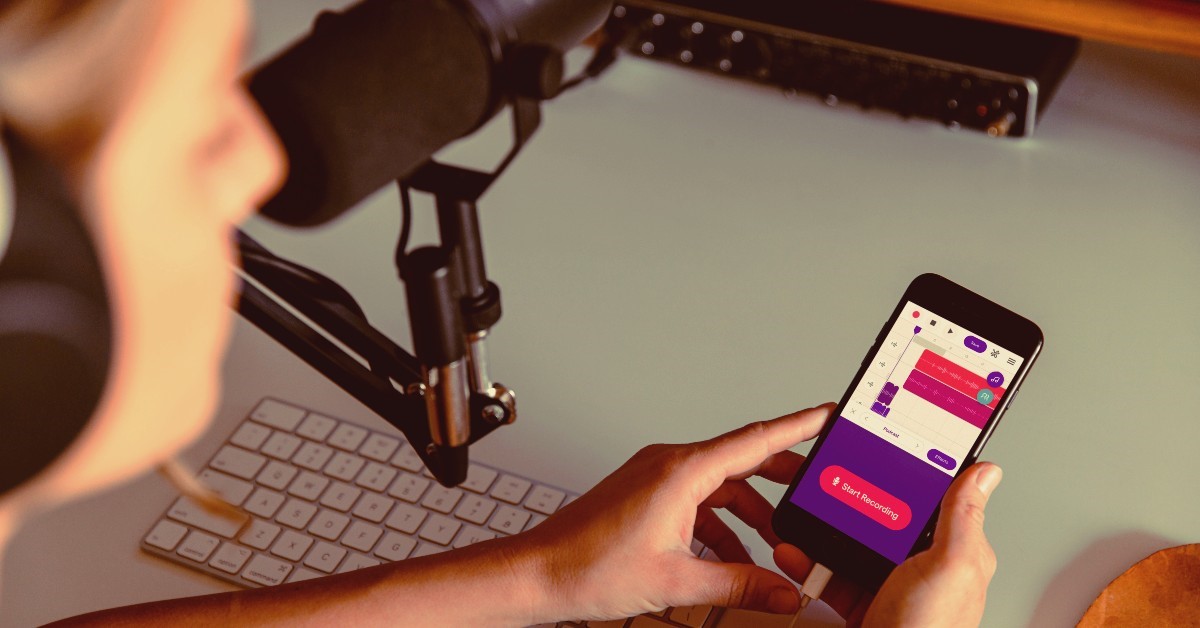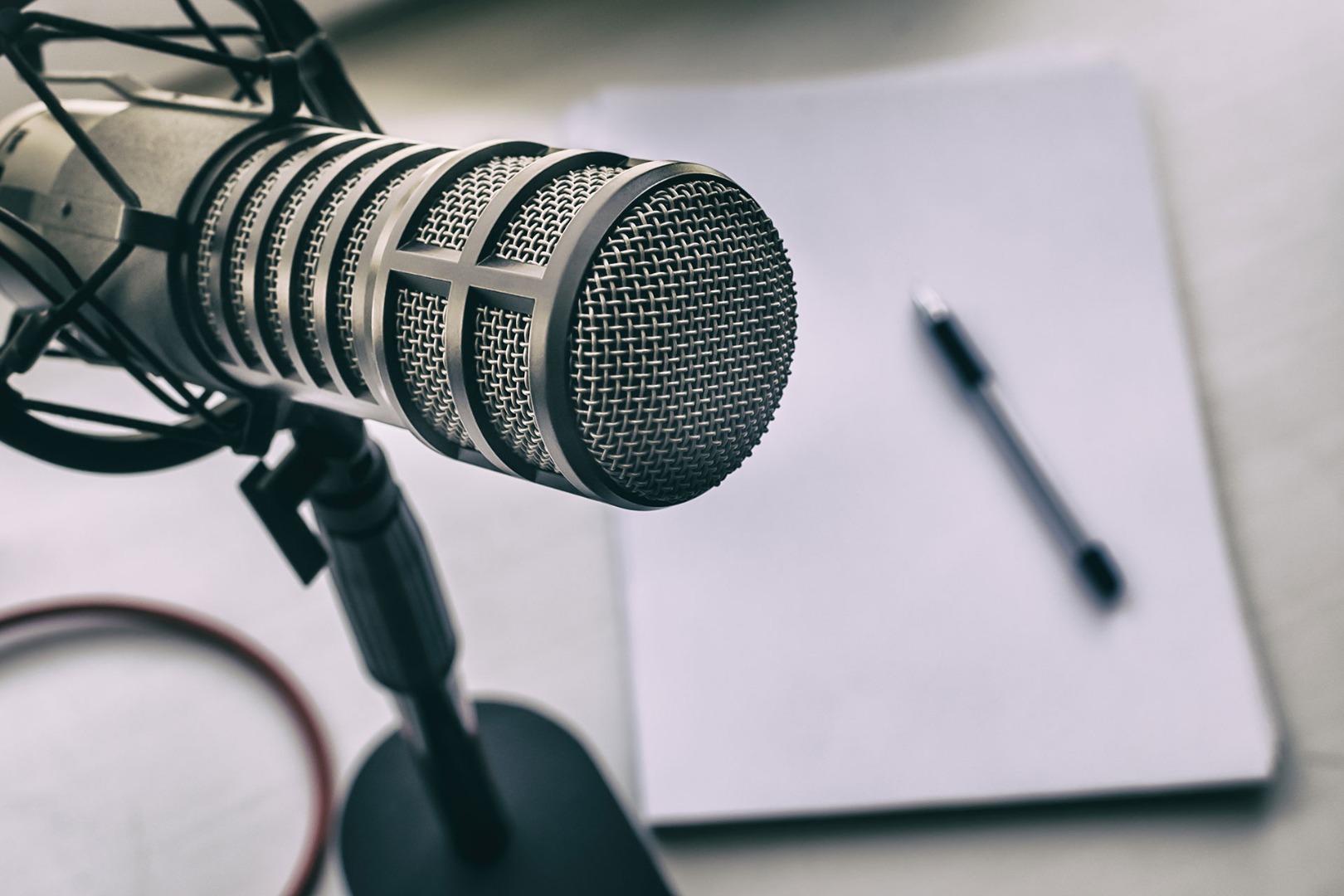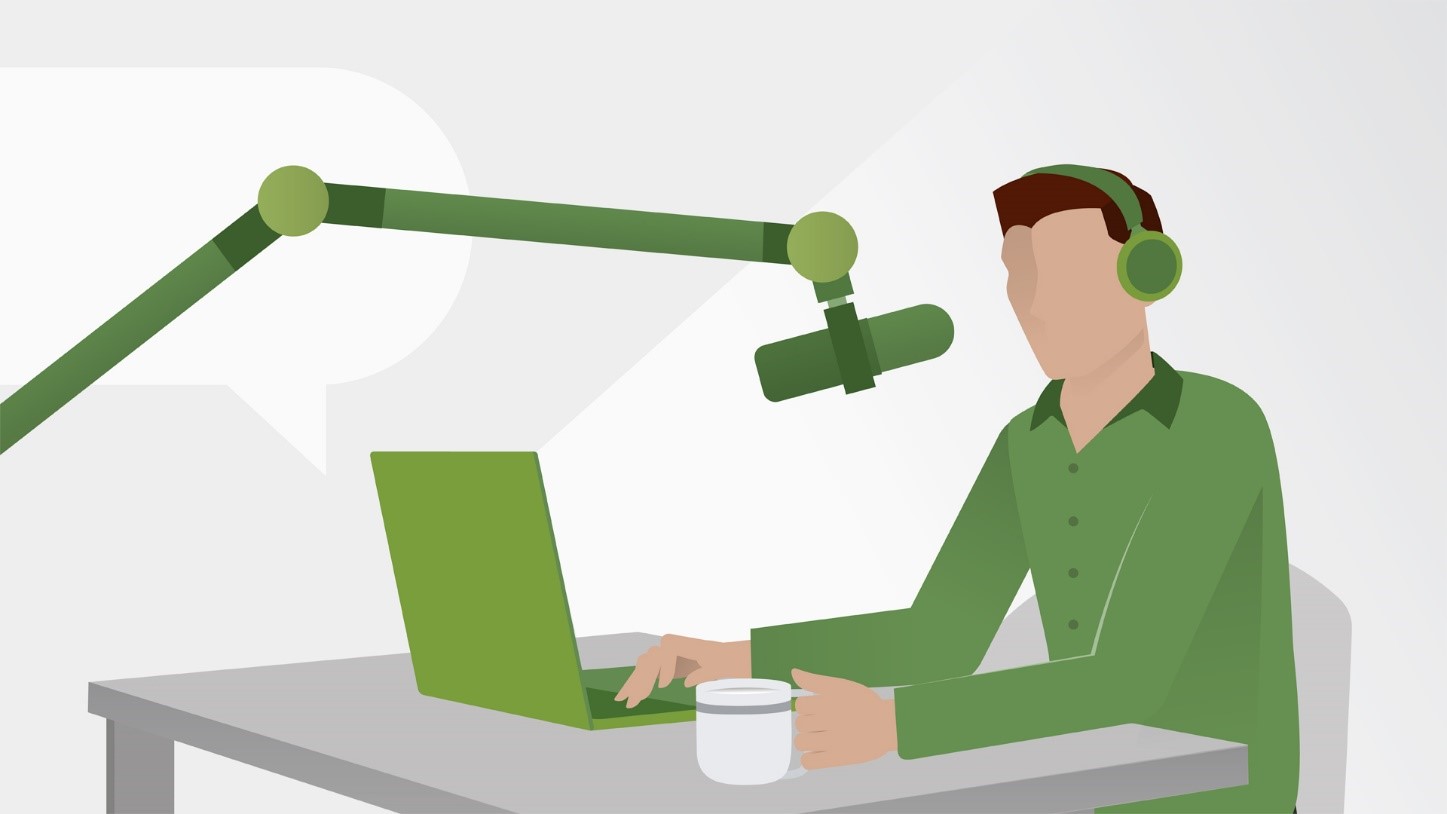Comprehensive and practical podcast training
Podcast training has two parts: theory training and practical podcast training. In this article, we will provide you with theoretical training and, ultimately, help you find practical training and earn money in this way.
Check out all kinds of podcasts.
Examining the podcast types will help you choose one of them according to your needs and interest when producing a podcast. Then start producing podcasts. A famous proverb says: “It is not wise to reinvent the wheel!” Therefore, you should familiarize yourself with their types instead of inventing a new type or classification for podcasts.
Then choose one of them to start producing a podcast. By doing this, you can spend more time producing your podcast. Podcast training will work for you in these situations. It is usually better to listen to different tested and produced formats of podcasts.
Then check them out and research them. By doing this, you can find the advantages and disadvantages of each and choose one of them as your good style for podcast production. Below are 7 of the most popular types of podcasts.
- Interview-oriented podcasts
- Conversation-oriented podcasts
- Educational podcasts
- One-person podcasts
- Non-fiction podcasts + daily news
- Theater-oriented podcasts
- A series of podcasts with limited performance (limited content)
What is a podcast?
A podcast is an episodic collection of digital audio files listeners download and stream online. Although podcasts are presented in various formats, most are spoken and focused on a specific topic or content. Various businesses, organizations, and individuals produce podcasts to increase brand awareness, share information and connect with audiences.
What equipment do you need to start a podcast?
Podcasting is an accessible medium that requires minimal equipment. The equipment required to start a podcast is:
1- Computer
Use your laptop or desktop computer to research your topic, record podcasts, and convert recordings into shareable audio files.
2- Microphone
Although you can use your cell phone or computer to record audio, a professional podcast microphone will improve the sound quality. USB microphones connect to your computer directly or through a BC connector, while XLR microphones connect to the computer through a separate audio interface.
3- Pop filter
One of the most useful audio recording tools is pop filters or small mesh screens, usually nylon or metal, which reduce or eliminate harsh, ear-scratching consonant explosions. They also reduce the whistling sound that is produced due to air passing through the teeth while pronouncing consonants such as S and Z.
4- Headphones
Use headphones to test sound quality while recording and listen to sound quality while editing.
5- Sound editing software
Record and edit your podcast with audio recording software, a digital audio workspace. Examples of free podcast editing software include Audacity and Adobe Audition (free tutorial), and GarageBand for Mac users. The best and most famous of them is the audition, for which you can also see the free training link.

Equipment needed to make a podcast.
The most important and necessary equipment for making a podcast – in case you do not intend to spend a lot of money – includes a microphone, software for editing the podcast recording file, and headphones. Other equipment, such as pop filters, booms, mixers, sound cards, etc., are those whose absence will not affect starting your podcast production! But if you have them, you can produce podcasts more easily.
In addition, with more accessories, you will be able to produce podcasts more professionally. For example, many podcasters start their work in their private room. But many of them can refer to a professional recording studio later and as their podcast production group expands. Then record your podcast in that acoustic space without any noise.
Stages of producing audio content
In this part of the podcast training and its creation, we intend to provide you with the general steps every podcaster must take to produce a podcast. You can stay up-to-date by referring to other educational materials on the Raya Marketing blog, especially those on podcast production. Each of these steps is given separately below.
Recording
This podcast training section explains the importance and how to record a podcast. Recording a podcast is an important step that can be done with both a phone and a microphone. Never use a laptop microphone. Because the default microphone of the laptop also records the environment’s sound and does not allow you to record your voice in a focused and high-quality way. You can record your podcast in a small room with minimal noise.
With a few microphones and a mixer, you can easily record conversation-oriented podcasts where several people talk to each other simultaneously. If you’re the only one who will be recording for the podcast, there’s no need for multiple microphones and mixers! Many podcasts with one or more guests are recorded in a studio under the supervision of a sound engineer.
Edit
After the recording stage, it is time to edit the podcast. At this stage of podcast training, you should note that the more time you spend editing your podcast, the more quality episodes you will publish. Audiences today are familiar with various podcasts.
As a result, easily and in the first 8 seconds of starting to play your podcast, they can quickly understand whether they are dealing with a good and strong podcast or not! In podcast production terms, you need special software, a DAW, to edit a podcast. The main steps for editing a podcast episode to achieve the highest quality are the following.
1. Editing the content of the podcast
In this part of the podcast training and its editing, you should note that the purpose is to remove unnecessary pauses, unnecessary words and sentences, and expressive mistakes. Before you start producing a podcast, you must have a plan and framework. It is better to refer to that plan or framework to know what should be removed.
2. Adding sound and music
To improve the experience of users/audiences, these are the sounds, special effects, and music that allow you to master the audience’s emotions and influence them. At this stage, you should consider the introduction and ending for your podcast and choose the fixed music related to these moments.
3. Mixing and mastering
In this stage of podcast training, which is considered the most technical part, you should check different aspects of your podcast. In mixing and mastering, your goal should be to get your podcast episode to the maximum quality needed to be uploaded for publication.
Release
The podcast host is in charge of publishing the podcast. A host platform allows you to create a feed for your podcast. Then upload the new episode on it. The podcast host will post the new episode to your other podcast directories where you have created a channel.
Among the most famous of these directories, we can mention Spotify, Google Podcasts, Apple Podcasts, etc. Try to convert your podcast episode file to mp3, so you don’t have any problem uploading it. You can choose popular hosts to publish your podcast: like Rss.com or podbean.
Promotion
The next step after publishing the podcast is an advertising and promoting it. At this stage of podcast training, you should note that the following things together will help you introduce your podcast to new people with a higher probability of success.
- Podcast SEO: Using keywords and inserting sufficient and appropriate descriptions for the podcast.
- Promote the podcast on social networks: You should create and promote a separate page/channel for your podcast. You can help expand your podcast community by launching advertising campaigns, communicating with your audience, and encouraging them to share the new episode of your podcast on social networks.
- Online advertising: Direct advertising on Google or social networks and directing users to your website will help you find new audiences.
Free podcast audio file editing tools
You can use the following free programs to edit your podcast episode without paying.
- Alitu
- GarageBand
- Stitcher
- Audacity
- SpreakerStudio
- Ringr
- Adobe Audition
- Zencastr
Five tips for starting a podcast
1- Record your voice separately. Recording your voice separately can increase the sound quality and allow you to edit other voices better.
2- Add music. Music in the introduction can attract listeners and increase the quality of your podcast. Search online music libraries for royalty-free music that matches your show’s soundtrack.
3- Record a trial episode. If you’re having trouble recording your first podcast, take the stress out by recording a few test episodes. Relax, press record, and talk as usual.
4- Choose your topic carefully. Choose a topic that can be heard in the coming years. You spend countless hours researching, writing, recording, and editing a podcast. Being interested in the subject will help you stay motivated.
5- Be patient! Attracting an audience takes time. Stick to a schedule of episodes and focus on continuously improving the quality of your podcast. Over time, making money through sponsorships, advertising, or direct donations from podcast listeners will be possible.












